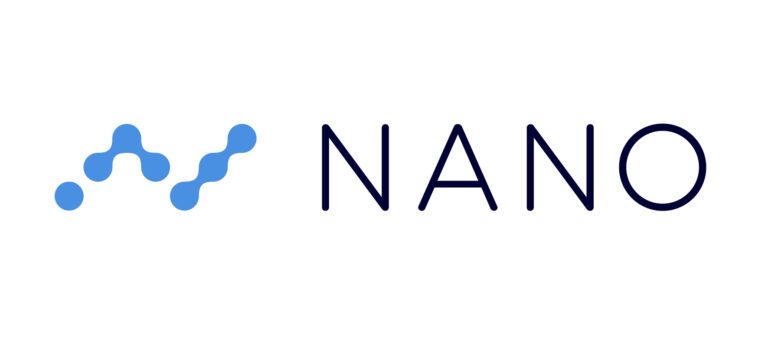Nano (NANO), the cryptocurrency formerly known as “RaiBlocks” (which launched in 2015), is currently the 24th-largest by market cap. At the time of writing (08:14 UTC on 26 August 2018), NANO has surged 24% in the past 24-hour period and 84% in the past week.
Here is the one-day price chart (from TradingView; taken on August 26th 2018 at 09:14 UTC):

Nano is a trustless, low-latency cryptocurrency that utilizes a novel block-lattice architecture, where each account has its own blockchain and achieves consensus via delegated Proof of Stake voting.
Nano was developed to solve the following typical problems with crypto transactions:
- slow transaction times
- high transaction costs
The user account’s blockchain keeps track of their account’s entire transaction and balance history. Instead of powerful computers being required to add a discrete number of transactions to a single, bulky blockchain, the Nano architecture requires only the sender and receiver to communicate and update their respective blockchains to complete a transaction.
Individual blockchains may thus be updated asynchronously, which permits the Nano network to achieve near instantaneous transaction speed and unlimited scalability (maximum throughput is based on hardware capabilities) without sacrificing security. The only cost of a Nano transaction is a small proof of work, which uses less than 0.5 cents of electricity, and Nano transactions take, on average, mere seconds to complete.
Each Nano transaction sent or received is also broadcast to the entire network and recorded in historical ledgers (“unpruned ledgers”). Account holders who wish to do so (typically larger market participants) may keep a copy of unpruned ledgers, which keep track of all user accounts’ transactions and balance histories.
If a malicious actor causes a conflict to arise in an individual account (i.e. two new blocks referencing the same previous block in a blockchain), the conflict is automatically resolved by the Nano network. The network resolves the conflict by asking active nodes on the network which block they saw first. As Nano uses a delegated proof of stake (DPoS) form of consensus, the nodes answer through balance-weighted voting equal to the amount of Nano they possess or has been delegated to them by users. Account holders may choose to assign their votes to a representative so that their votes may be cast when they are offline. The winning transaction is kept and the losing transaction is rejected. This voting process occurs in a matter of seconds.
So, what are the catalysts for this recent surge in the price of Nano? Here are two possibilities.
On 21 August 2018, the Nano Foundation announced that Andy Woolmer, the CEO of London-based FX analytics firm “New Change FX”, and more important a former Vice President of Foreign Exchange at Citibank, had joined them as their first official advisor. This news is significant because Woolmer’s FX knowledge, experience, and connections could help the foundation “as it looks to expand efforts into utilizing Nano in cross-border payments and integrating into foreign exchanges trading markets.”
This is what Woolmer said about his new role:
“My interest in cryptocurrencies comes from the recognition that the settlement process in foreign exchange trading is inefficient and will eventually be replaced. Nano’s block-lattice structure leads to faster transaction settlements, reduced transaction costs and has the potential to make global markets operate more efficiently. I look forward to working with the Nano Foundation to reach this goal.”
On 22 August 2018, John Chen, a research engineer at Uber, in a blog post titled “Top 5 Most Disruptive Blockchain Projects” that reviewed the top five networks with the most disruptive ideas and technologies, put Nano in first place, calling it “The New Global Currency.” This was his prediction for the future of Nano:
“In the future, everything will be digital. Nano has one of the best chances alongside Bitcoin to become the universal global currency that everyone will transact with. This means that alongside the US Dollar, Chinese Yen, and South Korean Won, Nano will be the new global currency that both IoT devices and people can transact with.”
Featured Image Couresy of the Nano Foundation









